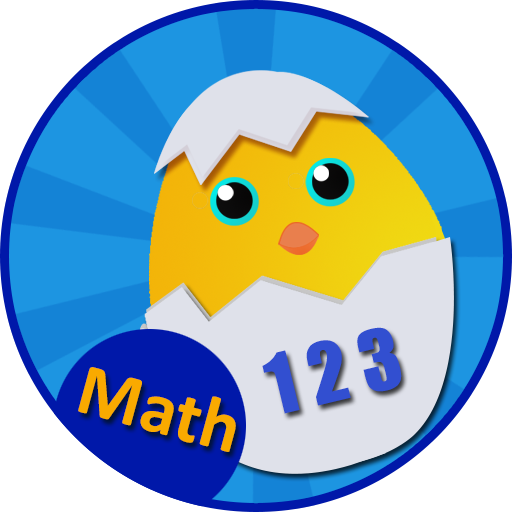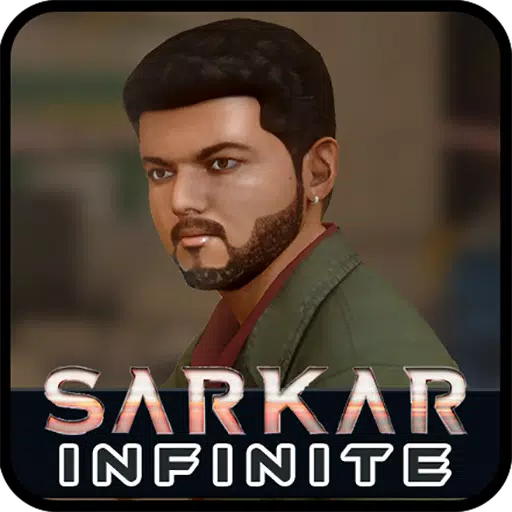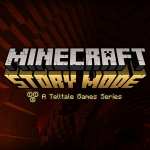After the monumental success of id Software's 2016 revival of Doom and its even more refined 2020 sequel, Doom Eternal, the next installment, Doom: The Dark Ages, is taking a bold new direction. Rather than reaching for new heights, this medieval-inspired prequel is firmly grounding its gameplay, focusing on high-speed, high-skill-ceiling first-person shooter action amidst the throngs of Hell's minions.
Doom: The Dark Ages shifts away from the platforming seen in Eternal, opting instead for strafe-heavy combat that emphasizes power. The game retains its iconic arsenal, highlighted by the new Skull Crusher featured in the reveal trailer. This weapon uniquely uses the skulls of defeated enemies as ammunition, firing them back at remaining foes in smaller, faster fragments. However, the game also places significant emphasis on melee combat, introducing three key weapons: an electrified gauntlet that can be charged, a flail, and the standout Shield Saw from the reveal trailer, which can be thrown, used to block, parry, or deflect. "You're gonna stand and fight," emphasized game director Hugo Martin during a demo of the new Doom.
The Dark Ages draws inspiration from three seminal works: the original Doom, Frank Miller's graphic novel Batman: The Dark Knight Returns, and Zack Snyder's 2006 film 300, which itself was inspired by a Miller graphic novel. This influence is evident in the unsynced Glory Kill system, allowing for dynamic finishing moves from any angle on the battlefield, adapting to the constant presence of enemies. The game's environments, likened to combat bowls, have been expanded, allowing players to tackle objectives in any order and explore freely within levels that Martin says have been shortened to maintain an optimal length of about an hour each.
Addressing feedback from Doom Eternal, The Dark Ages will present its story through cutscenes rather than requiring players to delve into the Codex. The narrative promises to be a "summer blockbuster event" that spans the far reaches of the Doom universe, with the protagonist's power as the Slayer at the heart of the conflict.
Martin highlighted the team's efforts to simplify the control scheme, acknowledging that Doom Eternal's controls were overly complex. The new game will feature more intuitive controls, with melee weapons equipped one at a time like equipment. The game's economy has been streamlined to a single currency, gold, and hidden secrets will offer tangible gameplay enhancements rather than lore expansions.
Players can now customize the game's difficulty with sliders, adjusting elements such as game speed and enemy aggression to tailor their experience.
The reveal trailer showcased two standout gameplay elements: the 30-story demon mech, Atlan, and cybernetic dragonback riding. These are not one-off features but come with their own suite of abilities and miniboss encounters. Notably, there will be no multiplayer mode in The Dark Ages, as the focus is entirely on crafting the best single-player campaign possible.
For a veteran like me, whose gaming life was transformed by the original Doom in 1993, Martin's pivot back to the foundational principles of that classic while still innovating is incredibly exciting. "It's just gotta be different [from Eternal]," Martin stated. "Especially if I loved the game. [If] I wanna play a Doom game, I wanna feel strong, but I'm OK with changing what that power fantasy is, especially if that change brings it closer to classic Doom."
With such a promising direction, the anticipation for Doom: The Dark Ages, set to release on May 15, is palpable.
 Home
Home  Navigation
Navigation






 Latest Articles
Latest Articles










 Latest Games
Latest Games












